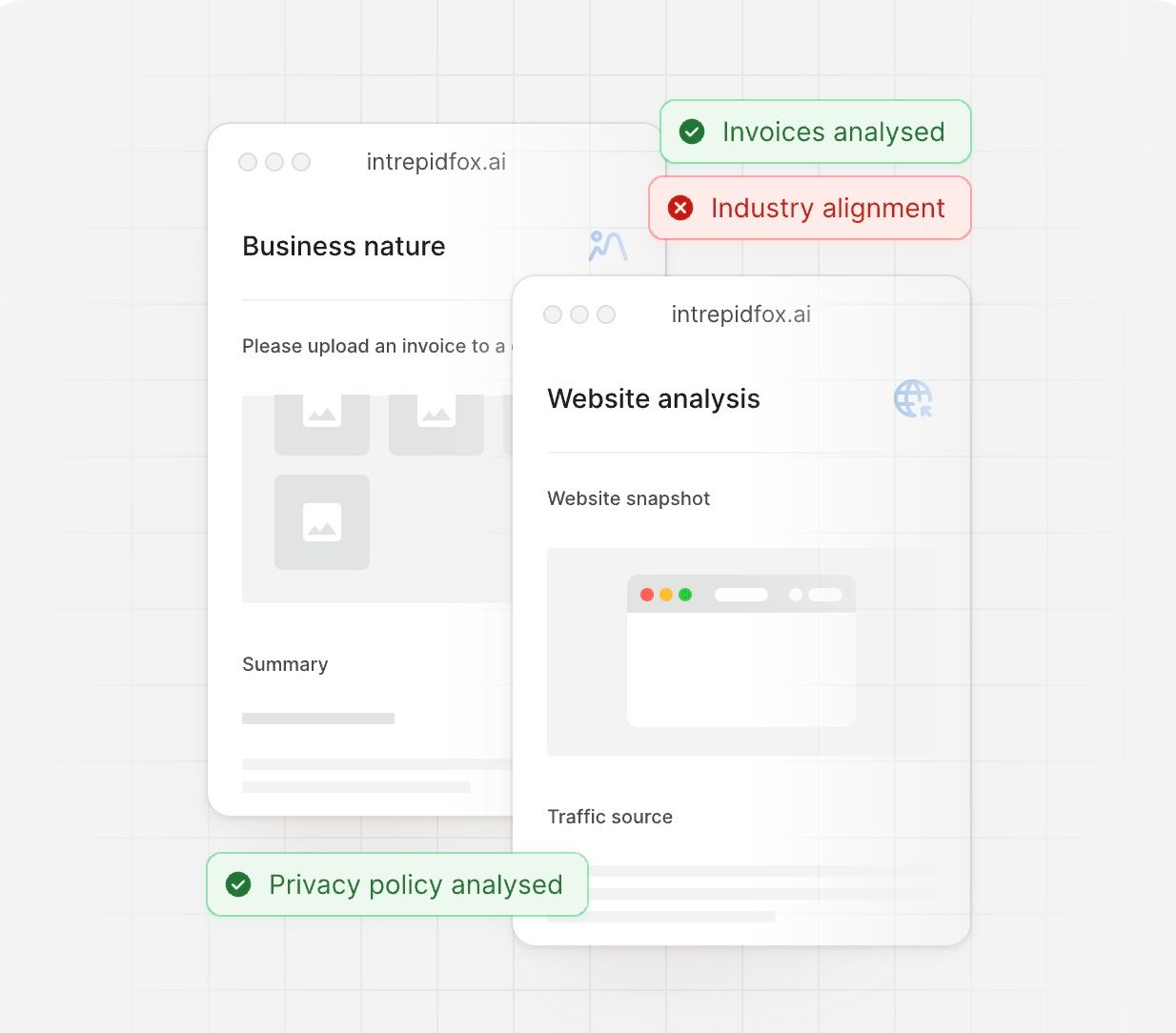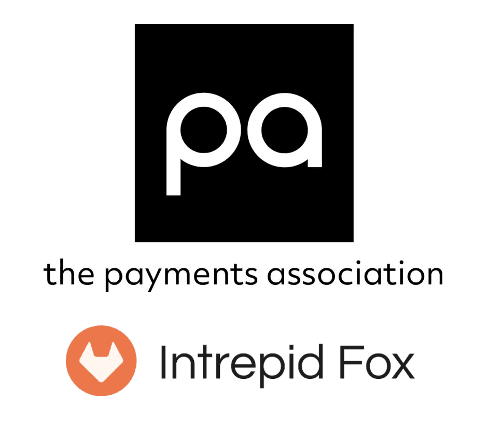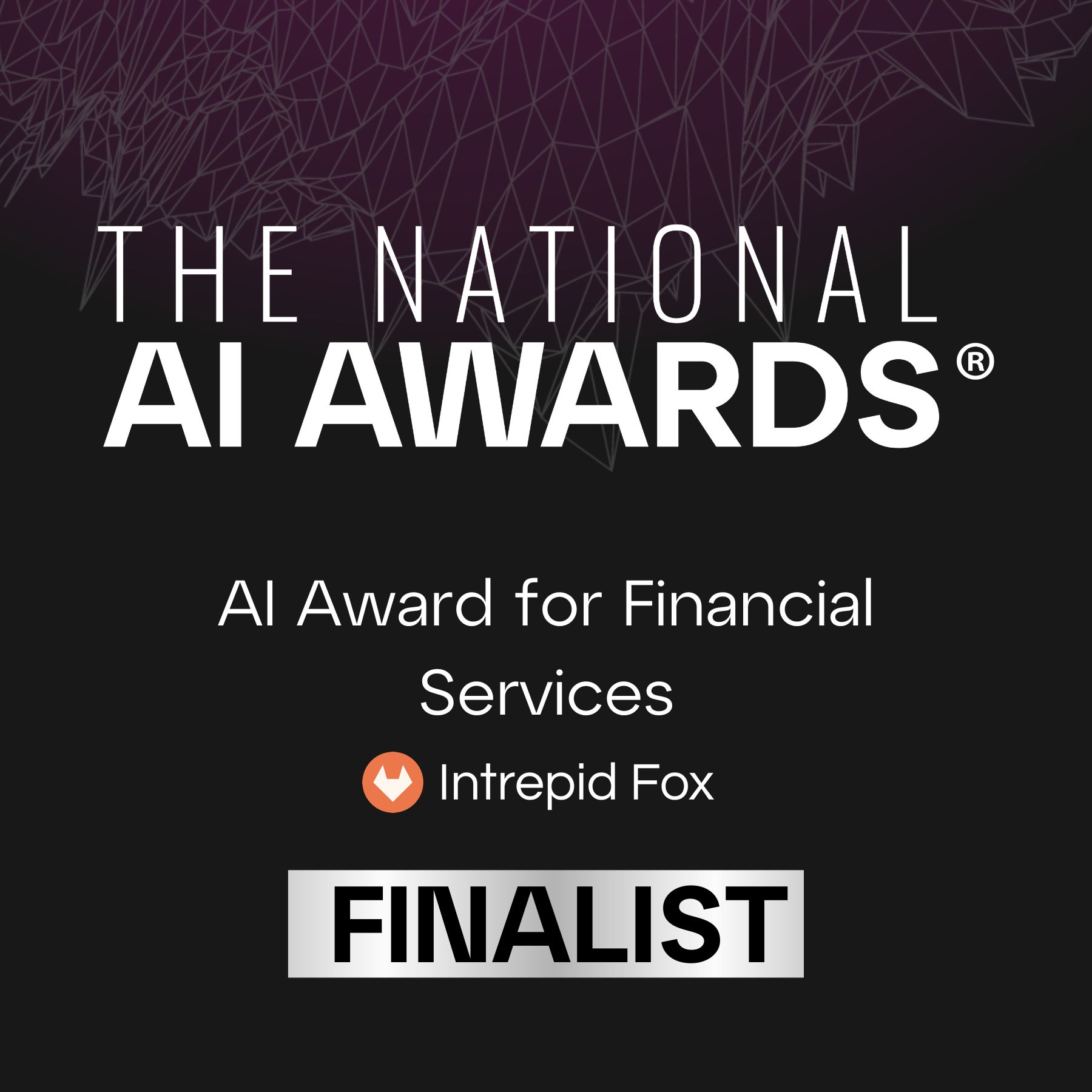We’re proud to share that Intrepid Fox has achieved SOC 2 Type II certification — a major milestone in our commitment to secure, reliable, and compliant KYB automation for banks and fintechs.
What Is SOC 2
SOC 2 (System and Organization Controls 2) is an international standard created by the American Institute of CPAs (AICPA). It defines how companies should manage customer data across five key trust principles:
- Security – protection against unauthorized access
- Availability – systems must be reliable and responsive
- Processing Integrity – data must be accurate and complete
- Confidentiality – sensitive information must stay private
- Privacy – personal data must be handled responsibly
Type II goes beyond reviewing documentation. It audits how well these controls actually work over time — proving that security and trust are part of day-to-day operations.
Why It Matters for KYB and Compliance Automation
At Intrepid Fox, we specialize in KYB automation for banks, financial institutions, payment platforms, and fintechs operating across international markets.
That means we process highly sensitive data every day — including:
- Ultimate Beneficial Owner (UBO) documents
- Business registration and incorporation records
- Proof of address and ID documents
SOC 2 Type II assures our clients that:
- Our AI-powered onboarding platform follows strict security standards
- We deliver data integrity in KYB automation
- Your compliance data is handled with the highest level of protection
Security and Trust, Built into Every Workflow
We know that trust is critical in the world of regulatory compliance and onboarding automation. That’s why we built our platform with:
- End-to-end audit trails for every client journey
- Encrypted storage and secure cloud-native architecture
- Real-time alerts and monitoring of all activity
SOC 2 Type II validates that our security practices don’t just exist — they’re tested and proven. It strengthens our position as a trusted provider of AI compliance solutions and helps our clients meet their own regulatory obligations.







